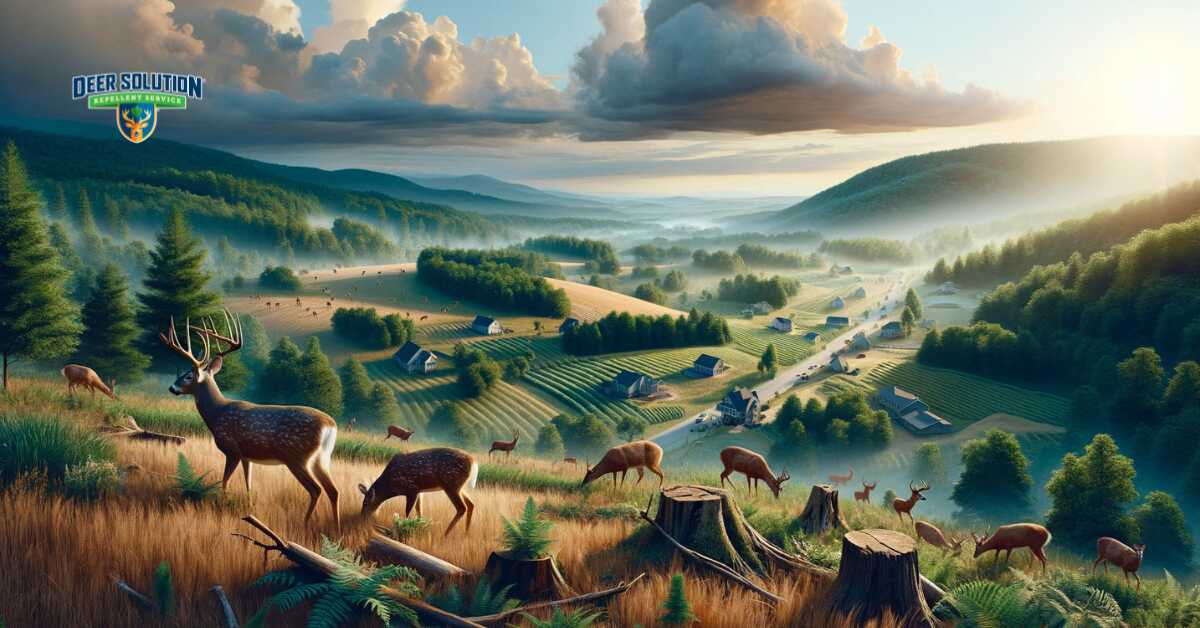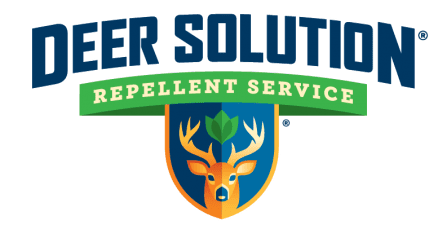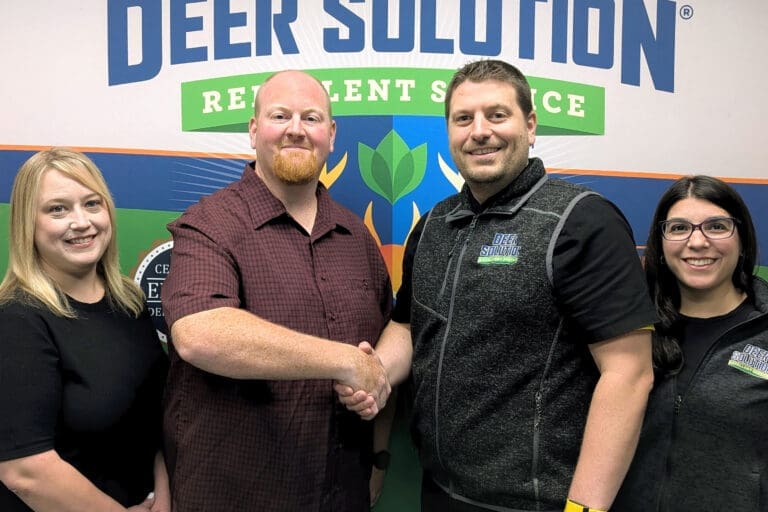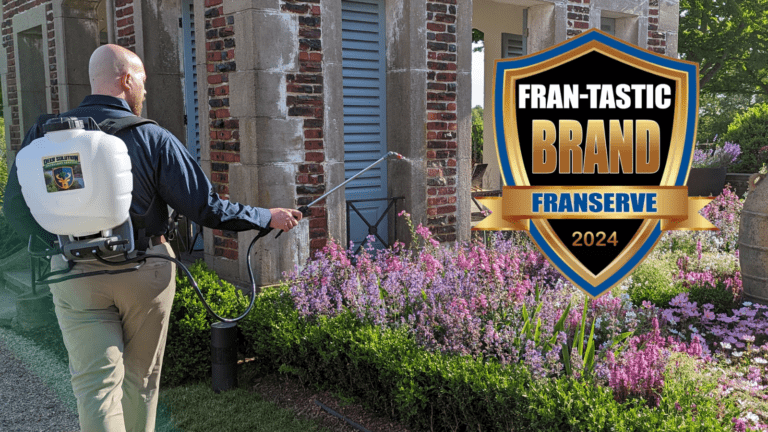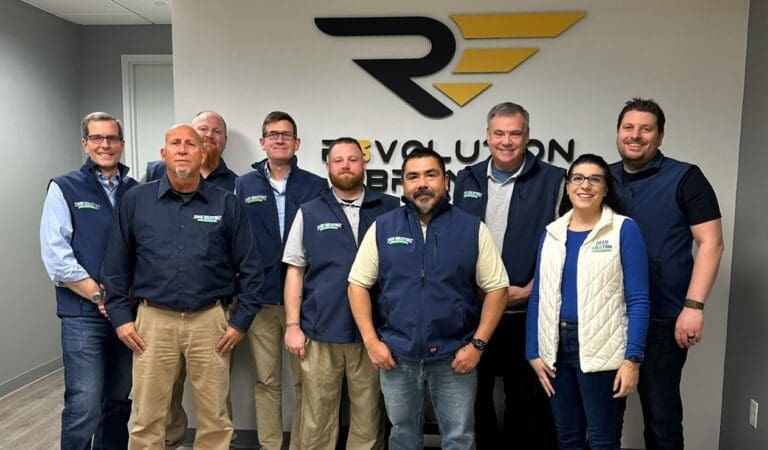In 2023, Cumberland County, New Jersey, is grappling with the escalating challenge of deer overpopulation, which significantly impacts agriculture and necessitates effective deer damage control strategies.
Deer Overpopulation and Its Impacts
The issue of deer overpopulation in New Jersey, including Cumberland County, poses significant challenges to agriculture.
A case study by the New Jersey Agricultural Experiment Station highlights deer as the most destructive pest to farmers, with one farmer reporting a loss of 25% of their income due to deer. This situation has broader implications for the county, affecting both agriculture and residential areas.
Economic and Emotional Toll on Farmers
The economic burden of deer damage in New Jersey, reflective of the situation in Cumberland County, is substantial. The damage is serious in economic terms but often goes unnoticed due to the deer’s efficiency in browsing vegetation.
Farmers face an emotional and physical toll, with some changing farming practices or abandoning fields susceptible to deer damage.
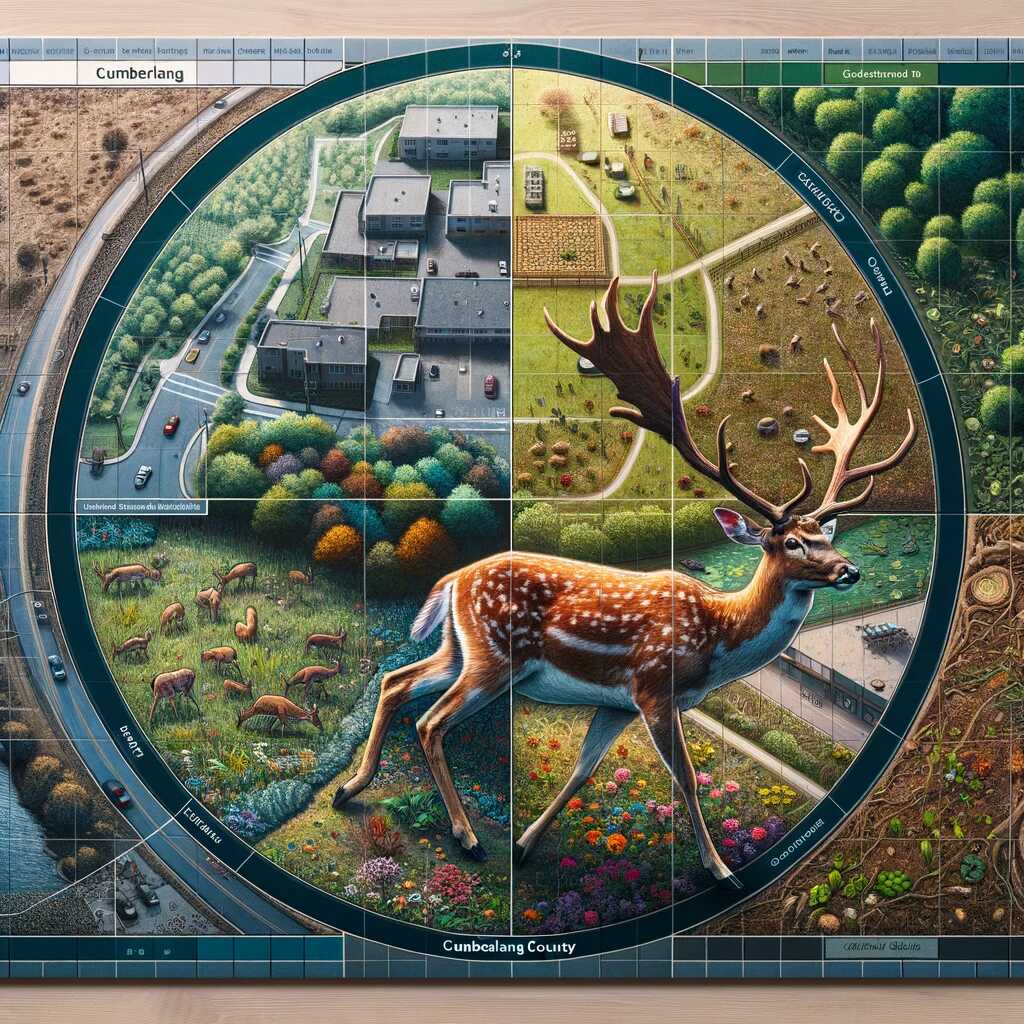
Community-Based Deer Management Strategies
To combat deer overpopulation, various townships in New Jersey have adopted Community-Based Deer Management (CBDM) programs.
These programs allow additional measures to control deer populations, such as professional culling firms performing management activities during extended seasons, aiming to reduce deer overpopulation and improve forest understory and overall ecological conditions.
Broader Implications of Deer Overpopulation
Deer overpopulation in Cumberland County extends beyond agricultural damage. It affects road safety and forest health. Increased deer presence heightens the risk of vehicle collisions, raising public safety concerns.
Ecologically, the balance is disrupted, affecting the growth and survival of native plants and contributing to forest undergrowth reduction.
Addressing deer overpopulation in Cumberland County is a multifaceted challenge. Collaborative efforts are necessary between local communities, conservationists, and state organizations to find a balance that respects both the natural environment and the needs of the community.





